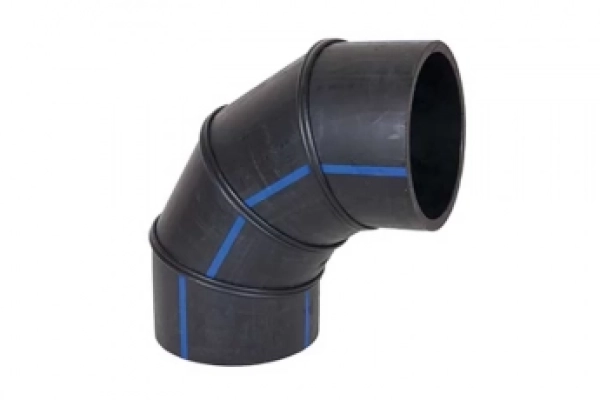
Comparing HDPE Manifold Fabrication with Other Materials: Why HDPE is the Best Choice
In the world of plumbing and industrial systems, choosing the right material for manifolds is crucial. Among the various options available, High-Density Polyethylene (HDPE) has emerged as a top choice.
This blog post explores why HDPE manifold fabrication is gaining popularity, especially in the UAE.
What Is HDPE?
HDPE stands for High-Density Polyethylene. It’s a type of plastic known for its strength and durability. HDPE is used in many products, from milk jugs to water pipes. In recent years, it has become a go-to material for manifolds.
Understanding Manifolds
Before we dive deeper, let’s clarify what a manifold is. A pipe or chamber that splits into multiple openings is called a manifold. It’s used to distribute fluids or gases in various systems. You can find manifolds in homes, factories, and even in cars.
The Reasons Why HDPE Manifold Fabrications Are Exceptional
Durability
HDPE is tough, and it can withstand high pressures and temperatures. This makes it perfect for manifolds that need to handle demanding conditions. In the UAE, where temperatures can soar, HDPE holds up well.
Corrosion Resistance
Unlike metal manifolds, HDPE doesn’t rust or corrode. This is a big advantage in areas with harsh environments. The UAE’s coastal regions, with their salty air, can be tough on metal. HDPE shrugs off these challenges.
Flexibility
HDPE is flexible yet strong, which means it can handle ground movements without breaking. In construction-heavy areas of the UAE, this flexibility is a valuable trait.
Easy Installation
HDPE manifold fabrication is simpler than you might think. The material is lighter than metal, making it easier to transport and install. This can save time and money on big projects.
Cost-Effective
While the upfront cost might be higher, HDPE pays off in the long run. Its durability means fewer replacements and repairs. For businesses in the UAE looking to cut long-term costs, HDPE is a smart choice.
Comparing HDPE Manifold Fabrication with Other Materials
Metal Manifolds
Metal manifolds, like those made from steel or copper, have been around for a long time. They are strong, but they have drawbacks.
They can rust, they are heavy, and they conduct heat. In contrast, HDPE resists corrosion, is lighter, and doesn’t transfer heat as readily.
PVC Manifolds
PVC is another plastic option. It’s cheaper than HDPE but not as durable. PVC can become brittle over time, especially in hot climates. Given the UAE’s weather, HDPE is often a better long-term investment.
Fiberglass Manifolds
Fiberglass is strong and lightweight. However, it can be more expensive than HDPE. It’s also more difficult to work with, which can increase installation costs.
Maintenance and Longevity
HDPE manifolds require little maintenance. They resist scaling and buildup, which means they perform well for longer. In the busy UAE market, low-maintenance solutions are always welcome.
Conclusion
HDPE manifold fabrication offers numerous benefits. It’s durable, flexible, and cost-effective in the long run. For projects in the UAE, where conditions can be demanding, HDPE stands out as an excellent choice. As technology advances, we can expect to see even more innovations in HDPE use.

